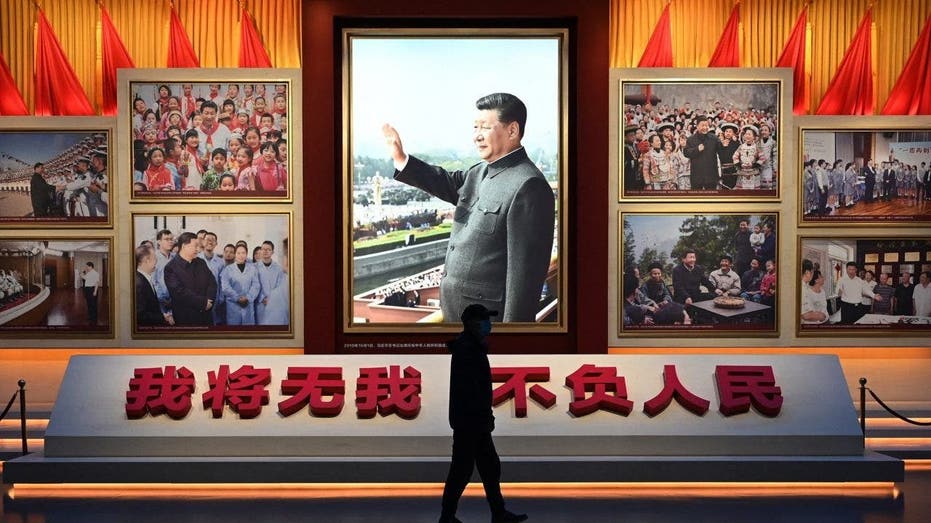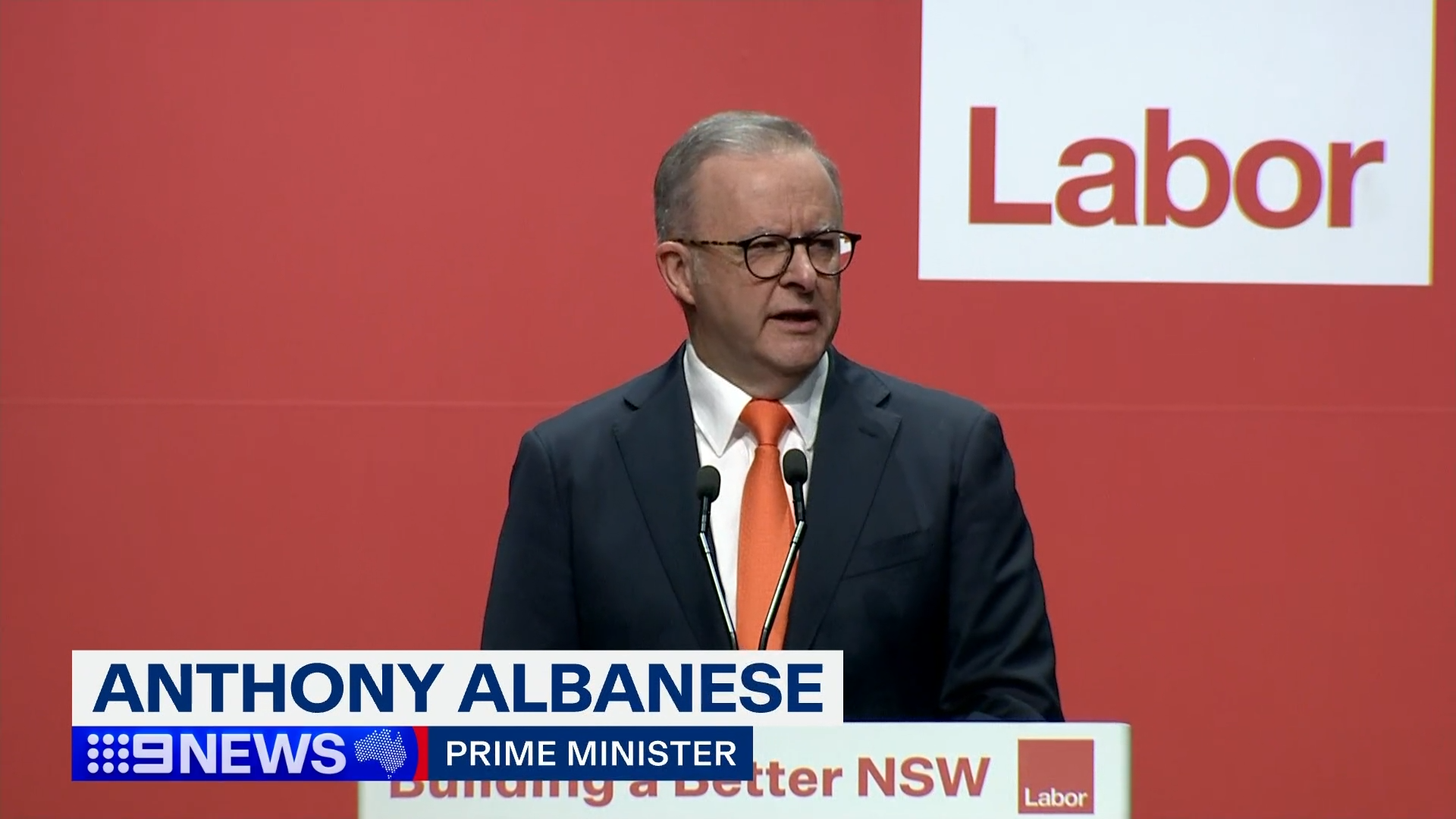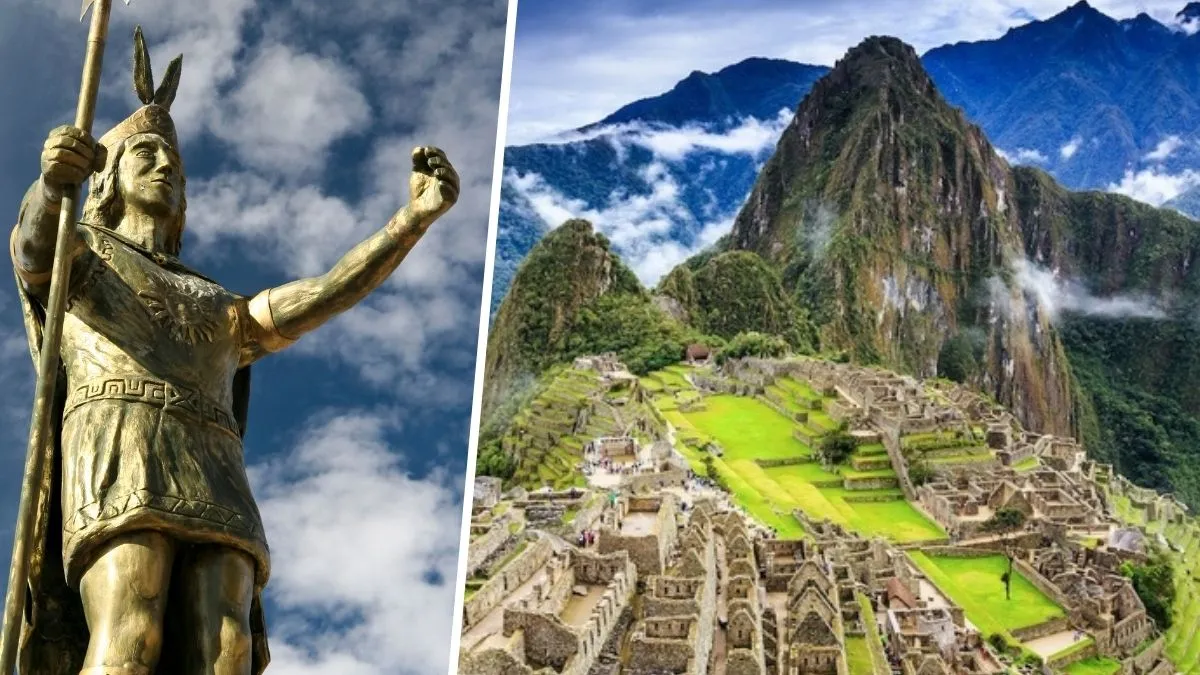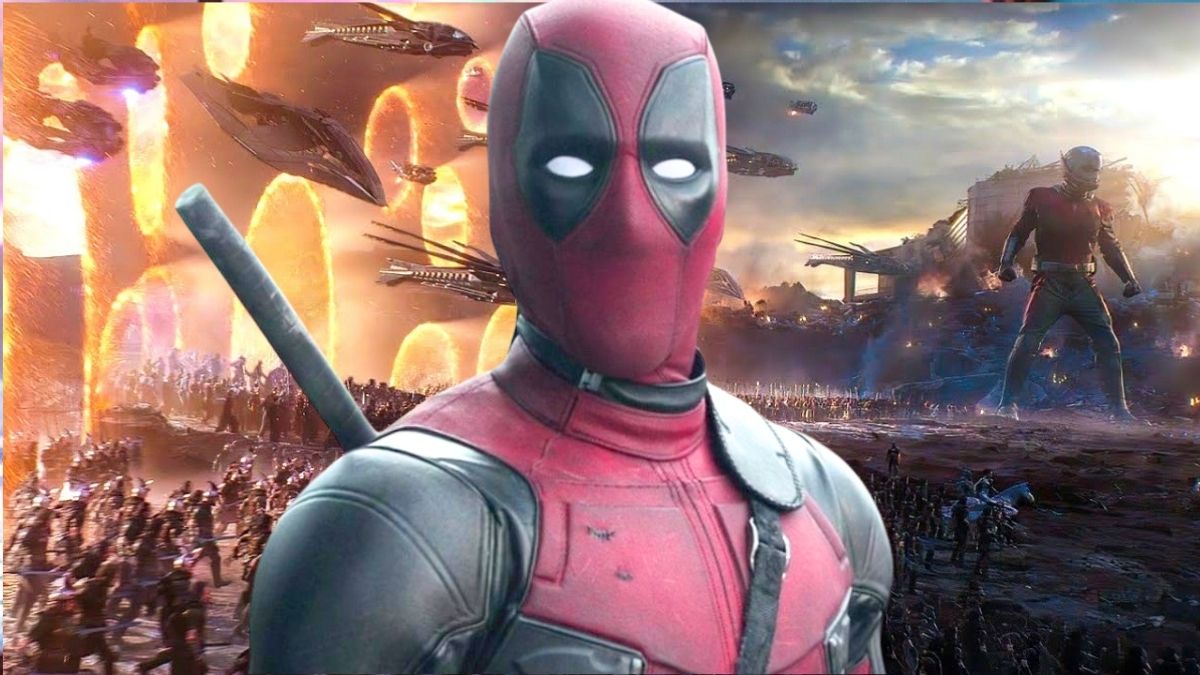You know how everyone grumbles about their bosses being demanding? Imagine if your boss was the head honcho of an entire civilization, like the Incas. Yeah, talk about job pressure!
The Inca civilization was a powerful empire that ruled over a vast territory in western South America from the 13th to the 16th century. The Inca were known for their impressive engineering feats, such as the construction of the famous Machu Picchu citadel, as well as their complex system of roads, bridges, and agricultural terraces.
But before the Inca Empire became the sophisticated civilization it is known for, it was merely one of many small ethnic groups or tribes in the region of Cusco in present-day Peru. At the height of their power, it controlled a territory that stretched from modern-day Ecuador to central Chile. The leader of the groups that eventually became the Incas, typically referred to as the Sapa Inca, which means “the only Inca,” was considered a divine being and believed to be the direct descendant of the sun god, Inti. This divine status granted the Sapa Inca absolute power over his subjects and the responsibility to maintain the balance between the human and spiritual worlds.
What did the Sapa Inca actually have to do?
Well, the Sapa Inca had a wide range of duties and responsibilities that kept him busy from sunrise to sunset (pun intended, given his divine connection to the sun god). One of his main duties was to expand the empire, which meant a lot of conquering and negotiating with neighboring tribes. He also had to maintain the unity and stability of the empire. This involved a lot of traveling, as the Sapa Inca would visit different regions of the empire to ensure that local leaders were loyal and that the people were well taken care of.
The Sapa Inca was also responsible for overseeing the collection of tribute from the various regions of the empire. This tribute could take the form of goods (textiles, precious metals, agricultural products, etc…), or labor (working on construction projects or serving in the military). The Sapa Inca had to make sure that the tribute was collected fairly and efficiently, which was no small task given the size and diversity of the empire. He, and the rest of his people, relied on a complex system of knotted strings called quipus to keep records and communicate across the empire.
Another big task for the Inca leaders over time was to keep the gods happy. It was believed that their deities controlled everything from the weather to the success of their crops, so it was crucial to stay on their good side.
But perhaps one of the most impressive feats of the Inca leaders was their ability to manage a vast empire without the use of modern machinery or even the wheel; just a lot of manpower, llamas, and some seriously strong chicha (fermented corn beer) to keep everyone motivated.
It’s interesting to think of the Sapa Inca not just as a ruler in a long line of rulers, but as a person. How did he feel about his divine status? Was he ever in doubt about a decision? These are the questions that history books often leave to our imagination.










